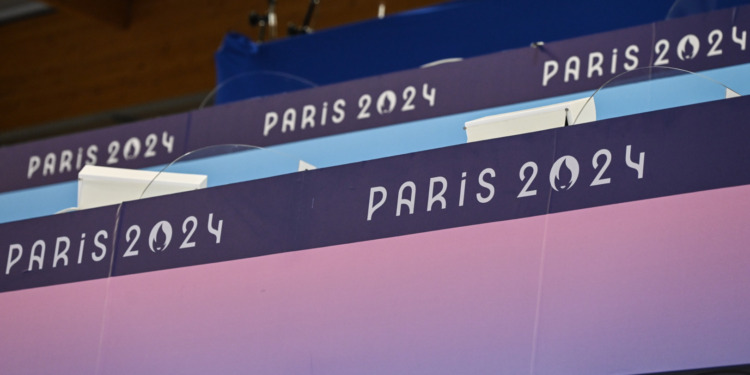The Paris 2024 Paralympics are setting a new benchmark for sustainability in global sporting events. With a strong commitment to environmental responsibility, the organisers have implemented a range of initiatives aimed at reducing the environmental impact and promoting sustainable practices.
“Through their new climate action strategy, Paris 2024 is sending a strong signal to the world about the importance of ambitious and inclusive climate action,” said Niclas Svenningsen, United Nations Framework Convention on Climate Change (UNFCCC) Manager for Global Climate Action.
This article looks at some of the sustainability initiatives of the Paris 2024 Paralympics.
Paris 2024 Paralympics: Sustainability initiatives
Venue Utilisation and Construction
One of the standout features of the Paris 2024 Paralympics is the strategic use of existing and temporary venues. Approximately 95% of the venues are either pre-existing or temporary structures, significantly reducing the need for new construction.
This approach minimises the carbon footprint associated with building new facilities and ensures that the Games leave a minimal physical impact on the city.
Carbon Neutrality Goals
Paris 2024 Paralympics aims to achieve carbon neutrality through a comprehensive strategy that includes sustainable practices in venue design, construction, and waste management.
The organisers are committed to offsetting any unavoidable emissions by investing in carbon offset projects. These projects include renewable energy initiatives and community-based environmental programs. Paris Paralympics 2024 will use 100% renewable energy, which has been locally sourced.
Eco-Friendly Paralympic Village
The Paralympic Village is designed with sustainability at its core. The village incorporates eco-friendly designs and energy-efficient facilities, creating a comfortable and inclusive environment for athletes.
Renewable energy sources, such as solar panels, are utilised to power the village, and water-saving technologies are implemented to reduce water consumption. The design also emphasises accessibility, ensuring that all athletes can navigate the village with ease. The village has been constructed primarily from recycled materials, with 75% of the materials used being recycled.
Related Articles: Does the Value of the Olympics Still Justify the Cost? | Avoiding a Terrorist Repeat at the Paris Olympics | Paris 2024 Olympics: The Greenest Games Ever? | Paris Olympics: The Most High-Risk Games in History? | The Climate Games: Sporting Achievements Overshadowed by Broken Climate Records | Why Fewer Cities Are Game to Host the Olympics
Circular Economy Principles
The Games are embracing the principles of the circular economy, which focuses on reducing waste and promoting the reuse and recycling of materials. This approach is expected to halve the carbon footprint of the Games compared to previous editions.
Initiatives include the use of recycled materials in the construction of temporary structures, the implementation of comprehensive recycling programs, and the promotion of sustainable consumption practices among athletes and spectators.
Community Engagement and Legacy
The legacy of the Paris 2024 Paralympics extends well beyond the event itself, with significant investments being made to improve accessibility in public spaces.
This includes €500 million invested by the French government to ensure that public transportation, buildings, and other infrastructure are accessible to people with disabilities. The 2024 Paralympics also aim to leave behind sustainable transportation links that benefit the community for years to come, alongside creating economic opportunities for businesses by placing employees at the Games to new opportunities elsewhere.
By prioritising inclusivity, sustainability, and accessibility, the Paris 2024 Paralympic Games are setting new standards for global sporting events and inspiring future generations.
Editor’s Note: The opinions expressed here by the authors are their own, not those of Impakter.com — In the Cover Photo: Paris 2024 Paralympics Training Day 1. Cover Photo Credit: International Paralympic Committee/Mateusz Szklarski.










